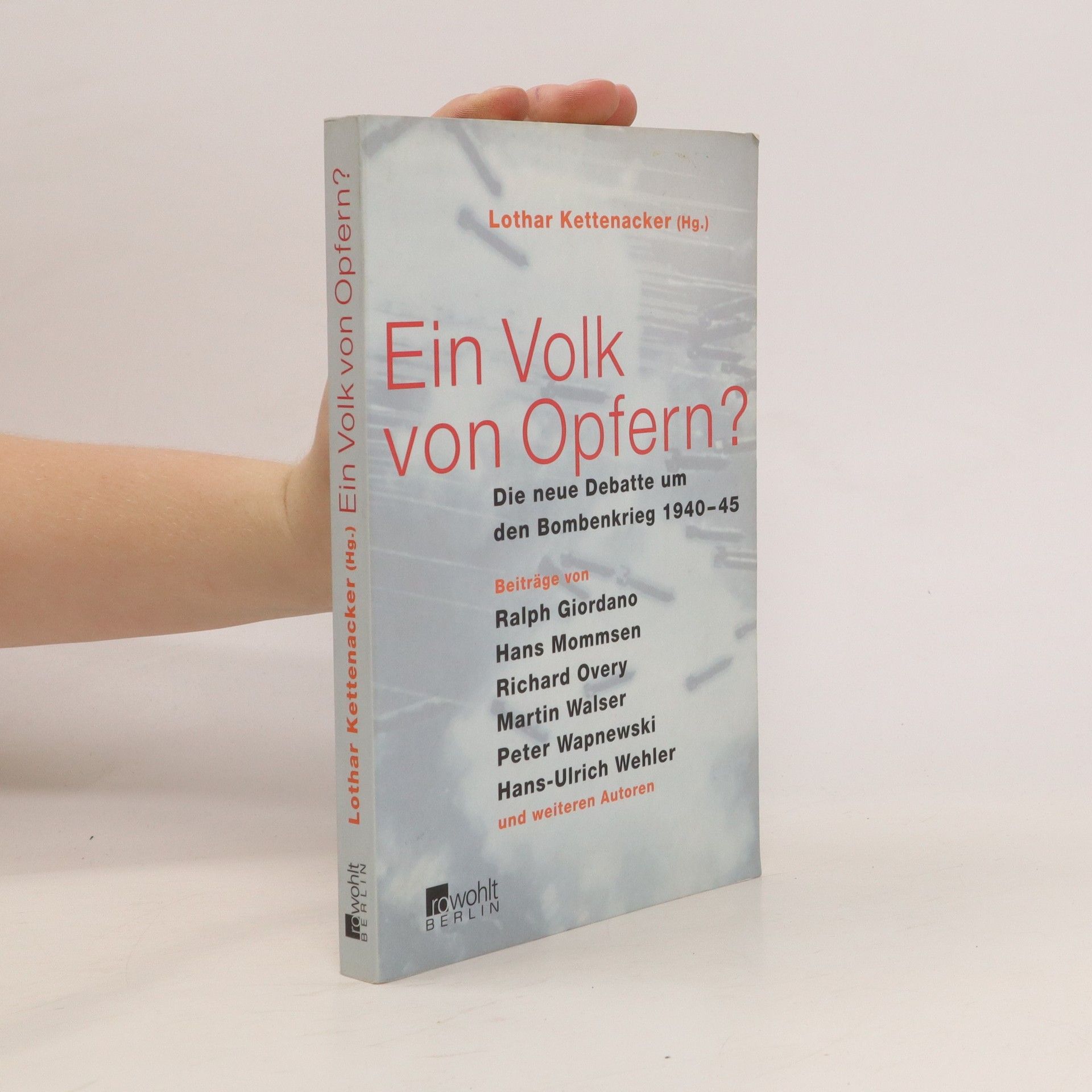Beiträge von Ralph Giordano, Hans Mommsen, Richard Overy, Martin Walser, Peter Wapnewski, Hans-Ulrich Wehler und weiteren Autoren. Seit Jahren hat keine historische Debatte die Öffentlichkeit so stark beschäftigt wie die Kontroverse um die Rolle der Deutschen als Opfer im Zweiten Weltkrieg. Die Leiden der Vertreibung und des Bombenkrieges sind erst seit kurzem Gegenstand einer öffentlichen Auseinandersetzung. Doch schon regt sich Widerstand: Waren denn nicht Bombenkrieg und Vertreibung die gerechtfertigten Reaktionen auf den Angriffskrieg, der von Deutschland ausging?
Lothar Kettenacker Knihy
